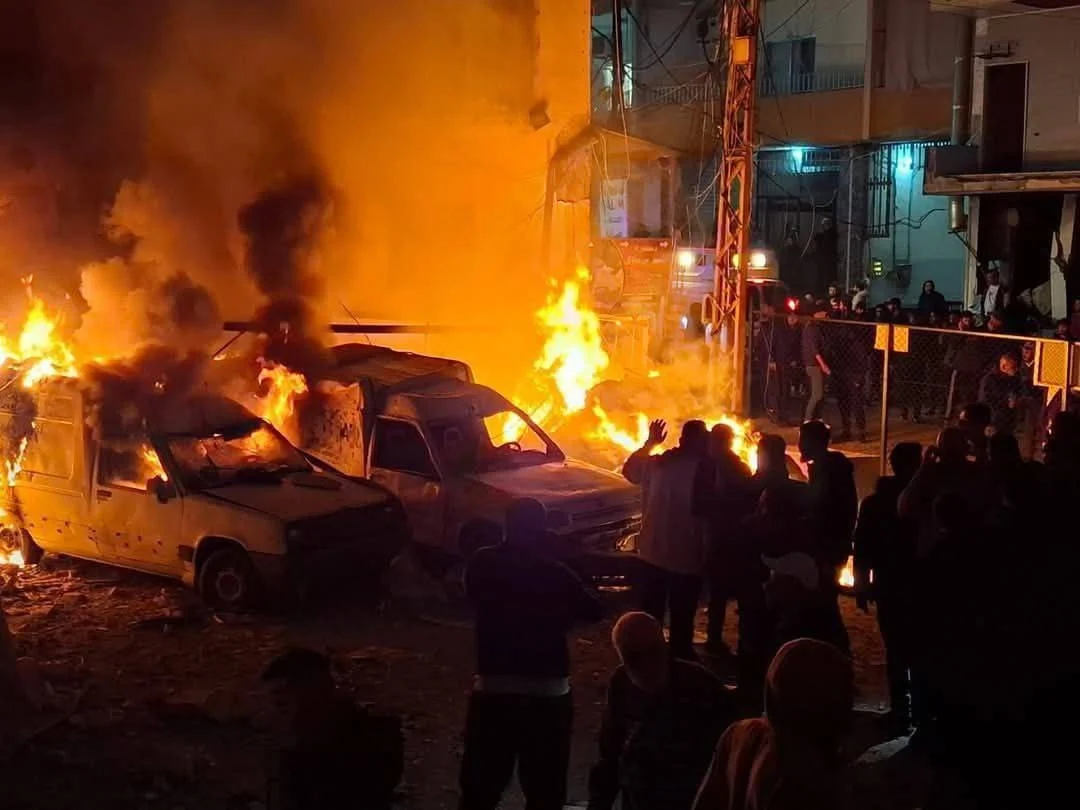Ceasefire Collapse Sparks Global Protests and Regional Escalation
Executive Summary
The fragile ceasefire agreements in both Gaza and southern Lebanon have crumbled, triggering a renewed wave of deadly military action and a resurgence of global protests. Israel’s resumption of hostilities in Gaza has been matched by its most intense airstrikes in Lebanon in months, raising fears of a wider regional war. Hezbollah denies involvement in the recent rocket fire that prompted Israeli retaliation, but the group’s mere presence continues to be used as justification for Israel’s ongoing operations. Meanwhile, public anger over the war and its political underpinnings is intensifying, with mass protests erupting inside Israel and across the globe. Calls for an end to what many now view as an “endless war” are growing louder, but the political and military leaderships in both Israel and the U.S. show no sign of shifting course. The conflict is entering a more dangerous and volatile stage, with regional instability and global resistance intensifying in tandem.
Analysis
The collapse of the ceasefire in Gaza, followed days later by Israeli airstrikes on southern Lebanon, signals a rapid and dangerous escalation in the broader Middle East conflict. Despite claims from Hezbollah that it did not initiate the rocket attacks into Israel, Israeli forces launched multiple waves of strikes, killing civilians including a child. This marked the first significant cross-border violence since a U.S.- and France-brokered truce ended a 14-month conflict between Israel and Hezbollah in November 2024.
The timing is critical. Israel’s renewed bombardment of Gaza began earlier this week, with one of the deadliest assaults of the war killing over 400 Palestinians in a single day. Defense Minister Israel Katz declared that more territory in Gaza would be seized unless Hamas released all remaining hostages, threatening further annexation of Palestinian land. Israeli Prime Minister Benjamin Netanyahu’s decision to resume the war was widely seen as politically motivated—shoring up support from far-right coalition members and forestalling his corruption trial. Protests erupted across Israeli cities, with demonstrators accusing Netanyahu of sacrificing hostages and democracy alike to maintain his grip on power.
Meanwhile, southern Lebanon—where Hezbollah has traditionally operated with impunity—has become another theater of escalating conflict. Under the ceasefire terms, Hezbollah was to withdraw its forces, and the Lebanese army was tasked with securing the border. But Israel has continued regular strikes, claiming to target Hezbollah infrastructure. In reality, much of the region remains a contested zone, and Hezbollah’s weakened state has not stopped Israel from using its presence as a pretext for military action. Lebanese officials have condemned the strikes as a violation of sovereignty, while the UN peacekeeping force warns that renewed war is a real possibility.
The regional fallout is matched by a surge in global unrest. Protests have erupted from Buffalo to Hartford to Grand Rapids, with demonstrators denouncing the resumption of hostilities and demanding justice for Mahmoud Khalil, a Palestinian-American student detained by ICE for his involvement in pro-Palestinian activism. These demonstrations are increasingly framed not just as solidarity with Gaza, but as resistance to what activists describe as an authoritarian crackdown on dissent inside the United States.
The Trump administration’s role in the conflict is under renewed scrutiny. After claiming credit for brokering the original ceasefire, Trump has since advocated for depopulating Gaza, endorsed Israeli annexation plans, and placed no restrictions on Israel’s renewed offensive. Domestically, the administration has escalated its repression of student activists, threatened universities with the loss of funding, and imposed sanctions on international bodies investigating Israeli war crimes.
Despite widespread opposition within Israel to the renewed war—and increasing divisions between secular and religious segments of society—Netanyahu has pressed forward. His government is also pursuing controversial judicial reforms, fueling further internal unrest. Internationally, Europe appears distracted by trade disputes with Trump, and major Arab powers have so far failed to mount meaningful resistance to Israel’s actions.
What emerges is a picture of accelerating conflict and deepening global polarization. With diplomacy sidelined, mass protests suppressed, and both state and non-state actors preparing for further escalation, the breakdown of the ceasefire in Gaza and Lebanon has not only reignited war in the region—it has also sparked a new phase in a worldwide confrontation over the future of the Middle East and the legitimacy of protest itself.
Sources
The Guardian: Israel Strikes Southern Lebanon Amid Calls to Halt War
AP News: Israel Returns to War in Gaza with Fewer Constraints
FOX17: Grand Rapids Protest Highlights Khalil Case, Gaza War
CT News Junkie: Protesters Demand Ceasefire, Divestment in Connecticut
Buffalo News: Demonstrators Protest Israel’s Breach of Ceasefire


